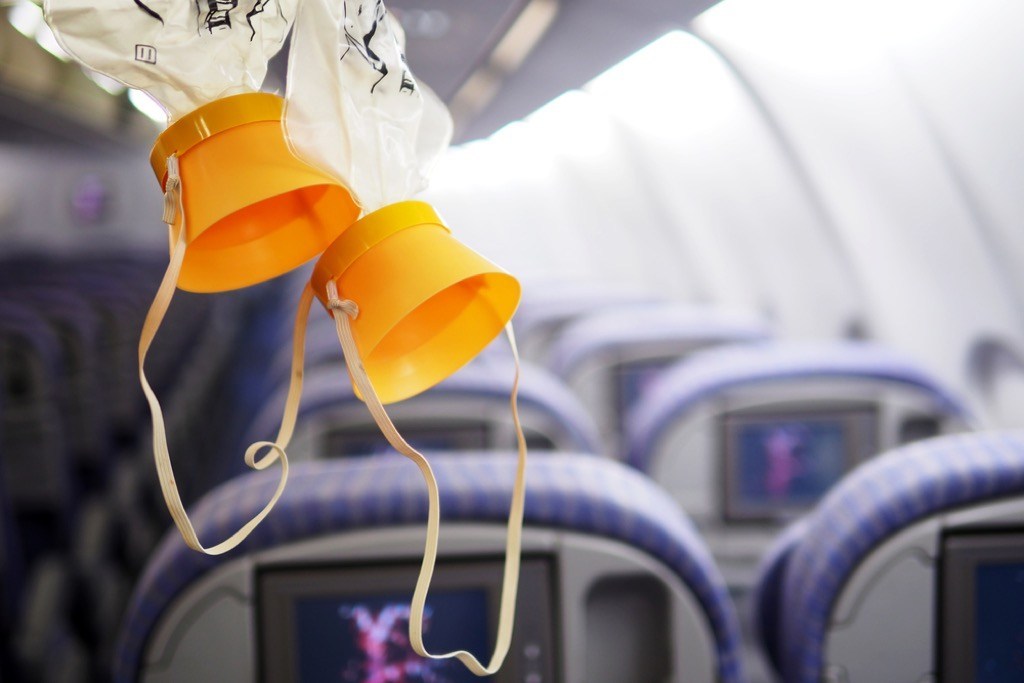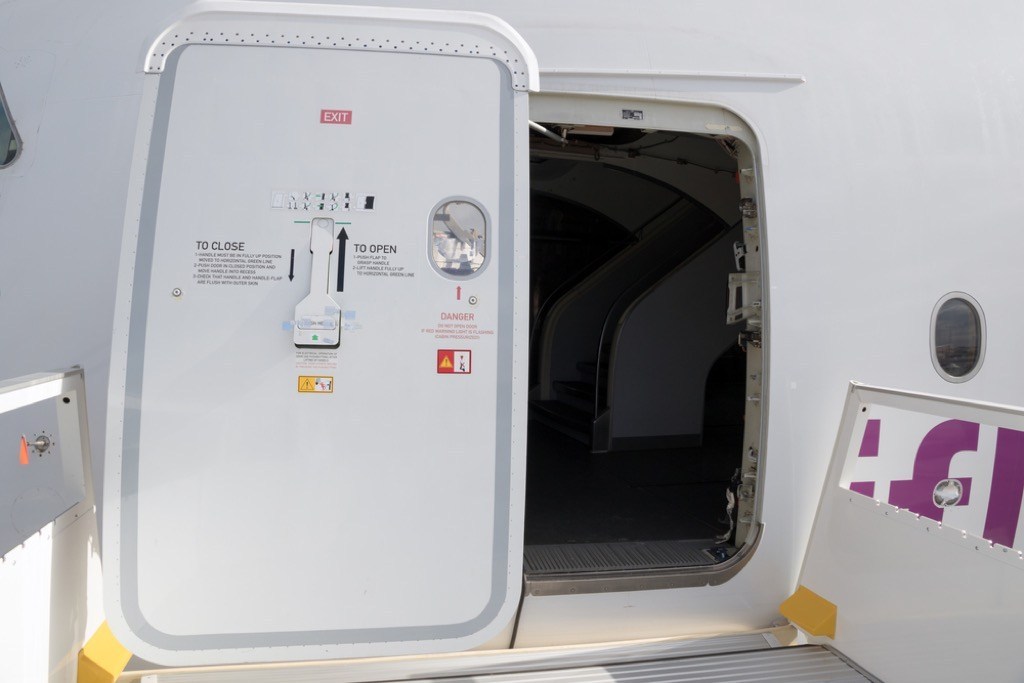-
16
Jul
10 Amazing Facts About Airplanes
There are many misconceptions about airplanes and flying even for the frequent traveler. We gathered some interesting facts that would answer some of these mind soaring questions and also give you some fun facts about aviation in general.
1. In-flight oxygen masks aren’t intended to last the whole flight

In fact, according to a report from the Air Accident Investigation & Aviation Safety Board, those masks only provide 12 minutes of continuous airflow on a 737. Luckily, that’s typically just the amount of time needed for your flight to find a safe landing spot.
2. Some planes can fly for more than five hours after one of their engines goes out

ETOPS—or extended twin operations—is a designation that indicates the length of time a twin-engine plane can safely cruise to with one inoperative engine. In 2014, the Boeing 787 Dreamliner earned 330-minute ETOPS certifications, meaning it can stay safely operational on just one engine for more than five hours before needing to land.
3. Airplane air is significantly drier than any you might experience on earth

While the Mojave Desert in the Western United States often has humidity levels up to 50 percent, you’ll get just a fraction of that moisture aboard a plane. In fact, according to the World Health Organization, the humidity aboard your average aircraft hovers under 20 percent.
4. Plane doors can’t actually open in mid-flight

While numerous people have tried to open the exterior door to an airplane mid-flight (only to find themselves arrested later for doing so), actually doing so would be next to impossible. The interior pressure within the plane ranges from 4 to 14 PSI, meaning that, unless The Hulk or Thanos boarded your plane, it’s unlikely that the door could be opened.
5. Black boxes aren’t actually black

The black box, also known as the Flight Data Recorder, is actually painted bright orange. The heat-resistant paint used to coat the boxes’ exteriors comes in a highlighter-orange hue, which also happens to make them easier to find in case of an accident.
6. Dead chickens are thrown into plane jets during safety tests

Yes, this incredibly real test is done with a “chicken gun,” and if you’ve seen the 2010 movie Captain Phillips, you know why. But before you report aviation experts to PETA, know that the chickens they receive are dead already. Airlines need to make sure that their windshields can protect pilots and passengers in the very likely event they collide with a bird.
7. The world’s largest airplane weighs nearly 600 tons

The Antonov An-225 has an impressive maximum takeoff weight of 591.7 tons. In comparison, the Boeing 747-8F’s maximum takeoff weight is 489,218 pounds less, at 347.091 tons.
8. The safest seats on an aircraft are those at the back of the plane

According to crash data compiled by Time, the fatality rate for seats in the rear third of a plane during a crash was 32 percent. The middle of the plane was the least safe, with a 39 percent fatality rate, while the front was marginally safer with a 38 percent fatality rate.
9. There are thousands of planes over the United States at any moment

While you may only see the occasional plane pass by overhead, that doesn’t mean the sky isn’t full of them. In fact, according to the FAA, there are 5,000 planes in the air over the United States at any moment in time, and more than 8,000 flying across the globe.
10. A Boeing 747 tank can hold 48,445 gallons of fuel

That’s 17,248 times the amount of fuel held in the gas tank of a Dodge Ram pickup truck. However, not all of that fuel is being used during a single flight—in fact, the plane only uses an average of five gallons of fuel per mile, meaning a 3,450-mile trip from New York to London only requires about a third of the plane’s total fuel capacity.
